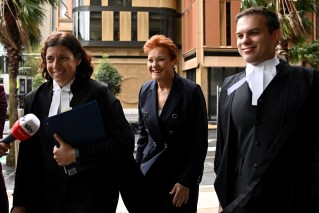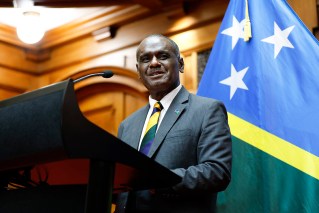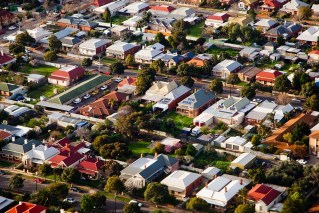Treasurer to deliver a $42 billion dent to budget deficit

The government will make a $42 billion dent in the deficit with a budget that banks early financial gains as it braces for a coming blowout in the cost of services.
The budget will record an underlying cash balance of -$36.9 billion for the current financial year, or less than half the nearly -$78 billion forecast by the Treasury before the election.
It will show a total improvement to the bottom line of more than $42 billion over the forward estimates compared to March estimates, which includes this year’s $41 billion reduction.
Handing down his first budget at a time when the global economy is beset by a threat of downturn, Treasurer Jim Chalmers will deliver on promised election commitments but emphasise spending restraint and preserving the first year’s net improvement to the fiscal position even as spending pressure mounts over the four-year forward estimates
“In times of extreme global volatility and uncertainty, our best defence is a responsible budget,” he said.
“Our responsible approach to revenue upgrades means the budget bottom line will be more than $40 billion better over the forward estimates in aggregate, and debt will be lower than previously forecast.
“We are putting a premium on restraint and resilience because that’s what the times call for.”
The lion’s share of this early windfall will be returned directly to the budget and help fund a lowering of gross debt in each of the four years covered by budget forecasts.
The increases to revenues, mostly from increased energy prices and Australia’s current red-hot labour market, will be followed by a decline in the government’s fiscal position.
For the latter half of the four-year estimates period the government projects annual deficits will be worse than previously projected.
The Treasurer says the budget has been shaped by the realities of a “deep structural deficit”, or, a widening gap between the cost of delivering services and the revenue the government brings in.
“Hard decisions mean we can still deliver our commitments, keep spending under control, and start down the long road of budget repair,” he said.
Long-term pressures acting on the budget previously identified by the Treasurer include the rising cost of servicing government debt and a projected 12 per cent increase in the cost of the NDIS.
A near-$33 billion increase in the costs of pensions and welfare payments has already been flagged.
The Treasurer says that inflation has been “the primary influence on this budget”.
Dr Chalmers has recently warned against pouring increased government spending into the economy at a time when the Reserve Bank is applying the brakes with interest rate hikes.
A decline in household consumption driven by inflation is behind the drop in Treasury’s forecasts for the rate of economic growth, which has been revised down to 1.5 per cent for the next financial year, or one percentage point lower than forecasts in the last budget.
The government says it has also found savings across a range of government programs, and by cutting expenditure on travel or consultants.
Finance Minister Katy Gallagher said an audit of government spending commitments had identified $22 billion, composed roughly equally of savings and delayed or reallocated measures.
The ANZ has estimated that the improvements to the budget bottom line from factors including higher commodity prices will reach $115 billion over four years.
Investment dedicated to Labor’s climate and housing agendas – encompassing $45 billion across three programs – are so-called “off budget” pledges because they are expected to generate a return and so shouldn’t weigh on the government’s underlying cash balance over the medium term.








